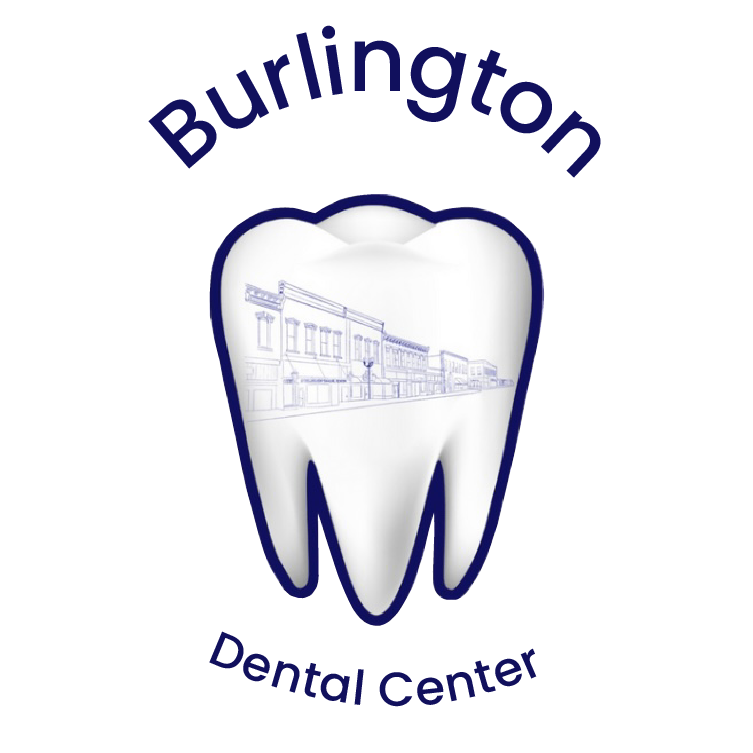Maintaining oral hygiene is crucial for dental health, and this holds especially true when you have a dental crown. Because there are differences in flossing techniques between crowns, bridges, and implant crowns, it is common for patients to have questions about this topic.
In this guide, we will walk you through the steps and considerations for effective flossing around a dental crown.
The Basics of Flossing
When it comes to flossing around a dental crown, the basics are identical to flossing around a natural tooth:
Choose the Right Floss: Opt for quality waxed floss that can slide easily without shredding.
Correct Technique: Use a gentle touch to avoid cutting or abrading the gums. The floss should be curved into a “C-shape” and slid along the surfaces of the teeth, cleaning both sides of the tooth contact. Your goal is to remove food particles and plaque, not simply “pop” the floss between teeth.
Length: Use 18+ inches of floss to ensure that you have a clean segment for each tooth.
Please note that this applies to traditional fixed dental crowns — implant crowns are a bit different.
Why Flossing Around a Crown Is Important
The area around a dental crown is prone to plaque buildup and bacterial accumulation, just like any other tooth. Failing to floss properly can lead to:
Decay: The tooth underneath the crown can still decay if neglected. In fact, recurrent decay around a crown is a leading cause of crown failure.
Gum Disease: Poor oral hygiene can result in gum issues around the crown. A tooth with a crown is still susceptible to gingivitis and periodontal disease if not properly maintained.
Special Considerations for Crowns
Flossing around a crown should be done carefully to avoid damaging it or causing discomfort:
Thread the Floss: Instead of snapping the floss down, gently thread it between the crown and the adjacent tooth.
Form a "C" Shape: Wrap the floss around the base of the crown in a "C" shape and slide it under the gumline.
Move Vertically: Slide the floss up and down to remove plaque and food particles. The goal is to “scrape” the surface of the tooth, without pushing down or irritating the gums.
Alternatives to Traditional Floss
If you find traditional flossing difficult, there are alternatives you can consider:
Water Flossers: These devices use a pressurized water jet to remove plaque and can be an effective alternative.
Interdental Brushes: Small brushes designed to clean between teeth can be a helpful supplement to floss. Note that for tight tooth contacts, interdental brushes will often be too wide to use.
Floss Picks: The “best” dental floss is the dental floss that actually gets used. Many patients find floss picks easier to use on-the-go and throughout the day, compared to traditional floss which can be cumbersome.
Emergency Care for Crown Flossing Issues
Should you experience pain, severe bleeding, or even dislodge your crown while flossing, emergency dental care is essential. Remove the crown if it's loose, rinse it, and schedule an urgent appointment with your dentist.
If your crown has become dislodged by flossing, you probably didn’t do anything wrong — there was likely an underlying issue with the crown that needed to be addressed.
Final Thoughts
Flossing around a dental crown is an integral part of maintaining optimal oral health. By following these guidelines, you can ensure that your crown lasts for years while keeping your gums and adjacent teeth healthy.
Bottom line: you can floss around a permanent crown in exactly the same way that you floss around a natural tooth. Just be sure to do so at least once per day!
Frequently Asked Questions
Can flossing dislodge a dental crown?
While it's rare, aggressive flossing can potentially dislodge a crown. Always use a gentle touch and consult your dentist if you have concerns. Generally speaking, if floss dislodges a crown, it’s a sign that the crown had an underlying issue that needed to be addressed.
Should I avoid flossing around a newly-placed crown?
You should wait for your dentist's go-ahead before flossing around a new crown, as the cement needs time to set. Depending on the method of bonding, and the type of cement used, you should typically avoid using the tooth for ~24 hours after crown cementation.
Is bleeding normal when flossing around a crown?
Occasional slight bleeding may occur but should subside with consistent hygiene. Persistent bleeding should be evaluated by a dentist. Please note that the #1 cause of bleeding while flossing is poor oral hygiene — so if you are experiencing minor bleeding, your best bet is generally to continue flossing daily!
How often should I floss around my crown?
Flossing should be a daily routine, and this includes flossing around your dental crown to maintain its longevity and your overall oral health. A good rule of thumb is that you should floss once per day, as well as after meals if you notice food or debris stuck between the teeth.
* Though the author of this post is a licensed dentist in the state of Kansas, this information is provided for informational and educational purposes only. Please use your best judgment and contact emergency medical services in the event of an emergency.

